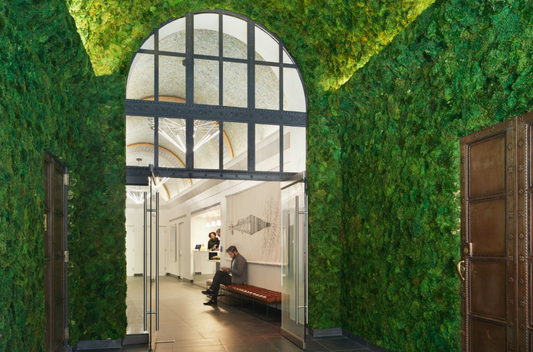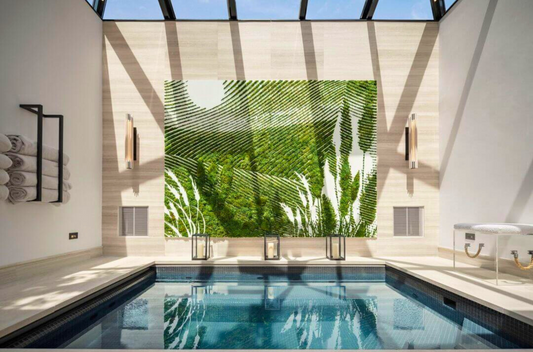Pollinators are considered a keystone species group. Keystone species are plants and animals that play a unique and crucial role in the way an ecosystem functions. Without keystone species, the ecosystem would be dramatically different or cease to exist altogether. In addition, pollinators are directly responsible for one thirds of all the food humans consume, especially fruits and vegetables and other specialty foods like coffee and chocolate.
Despite their importance, the population of pollinators has decreased severely in recent years due to the use of pesticides and habitat loss. Cities get bigger, more crowded, more chemicals are used, hence, pollinator population decreases. However, not all is lost. We can contribute to the propagation and restoration of a healthy natural ecosystem by turning our garden into a pollinator playground. It is very simple and it will contribute to creating a better planet and will bring so much joy to your life.
Here are a few tips to building your own pollinator garden in a way that is easy to maintain:
- When selecting plants for your pollinator garden, avoid imported, hybrid, and double-flowered varieties. Instead, choose native flowering plants, especially those adapted to your local climate and soil conditions. The reason for that is that the type of plants and the pollinators already existent in your area have to be a perfect match. If you plant a beauty winterberry plant, it may work to attract pollinators in Massachusetts because these pollinators already exist there. However, in Florida they don’t really exist so there won’t be anything to attract. For more options, download a pollinator plant list specifically for your region from The Xerces Society.
- Use a combination of plants that will bloom from early spring to fall. Providing a consistent food source will keep pollinators returning to your garden all season long.
- Include a diverse array of flower colors, fragrances, heights, and shapes to attract different pollinator species. Bees, for example, have a preference for flowers in shades of blue, purple, white, and yellow. Butterflies are drawn to red, yellow, orange, pink, and purple blooms.
- Arrange your plants into groups of each species. Flowers planted in masses will lure in more pollinators than a scattering of individual plants throughout the garden.
- In addition to native plants, you can include annual ornamental garden flowers that will do well in small garden spaces. Choose plants that are a good source of nectar and pollen, such as zinnias, salvias or sunflowers. Culinary herbs such as dill and parsley are also a great choice. They are the host plants for black swallowtail butterfly caterpillars. Herbs such as rosemary, lavender, basil and oregano they are wonderful nectar sources.
- If you’re gardening in containers, get the largest ones possible. This gives room for roots to grow and so the potting mix stays fresh and humid for longer. Choose plant varieties that are compact and that can do well in dry soils, as containers dry much more quickly than a garden bed in the summer. Water regularly, but make sure there are drainage holes at the bottom of the container. This allows excess water to run off. If the container doesn’t have adequate drainage holes, add small rocks or pieces of broken clay to the bottom before filling. This stops water from collecting in the bottom, ultimately avoiding roots from rotting.
- Pesticides are highly toxic to bees. While they will be attracted to your garden, they will feed on the plant, ingest the pesticide and potentially die.
- You might want to keep your garden looking pristine and polished. However, pollinators like bats and butterflies love to inhabit dead leaves. They like to use fallen palm leaves as shelter from predators and inclement weather.
Plant the Future has a mission to help Mother Earth thrive. We want to help plants propagate in their natural environments to create stronger, more resilient and healthier societies for everyone. For this reason, we offer landscaping services tailor to your needs.
If you want to learn more about this topic you can watch our Instagram live with the founder of Bound By Beauty.
“Bound by Beauty is a nonprofit organization started by volunteers who recognize the transformational power of butterflies when used as a positive proxy for combating climate change and sea level rise. We believe that by saving butterflies, we can save ourselves. Butterflies have the power to transform people into nurturers of nature who join forces to protect the beauty of the planet. Starting garden by garden and block by block, we are weaving a strong web of connections between neighbors who spend more time outdoors, while weaving a web of corridors between butterfly and wildlife gardens.”




